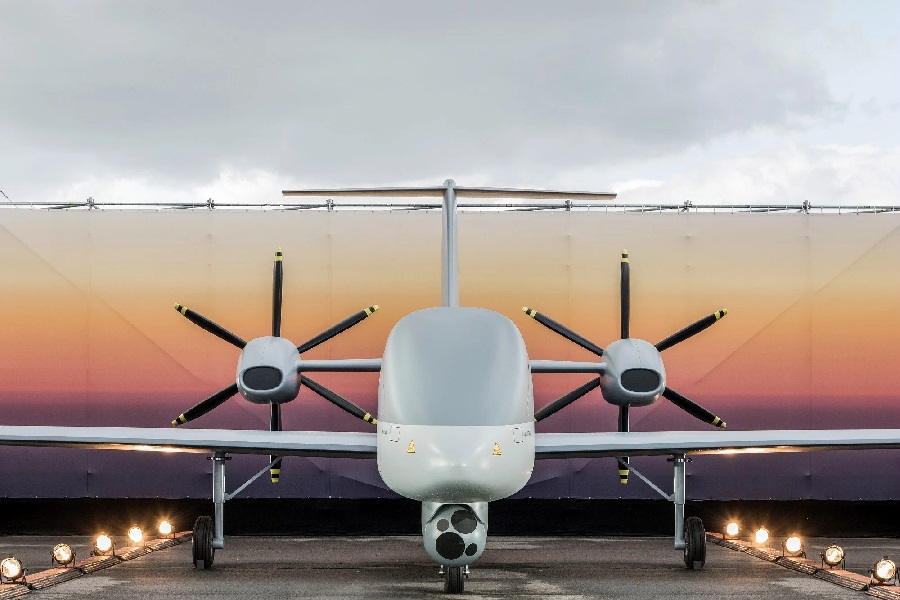The primary focus of this cooperative effort is to leverage the unique strengths and expertise of both entities to identify and capitalize on emerging trends within APU development and define a concept of next-generation APU.
PBS and P&W expect that the APU system will be designed to meet future fixed-wing and rotorcraft requirements. The scope will transcend traditional platforms, as it will be strategically tailored to accommodate the requirements of hybrid-electric propulsion systems. This adaptation will not only enhance its inherent versatility but also broaden its spectrum of potential applications.
The joint efforts of PBS and P&W in exploring this next-generation APU mark a significant milestone for both companies. With an anticipated unveiling timeframe of five years, it is expected that this pioneering APU will be positioned to redefine the benchmarks of aerospace propulsion technology.
“This MoU marks our first stride in a collaborative journey between two visionary companies, dedicated to shaping the future of APU technology. Drawing from our experiences, we aim to pioneer a novel auxiliary power unit for the next generation. This innovation is set to redefine power density standards and drive the capabilities of 6th generation aircraft systems.” – said Mr. Milan Macholan, CEO of PBS.
“Pratt & Whitney is excited for this opportunity to cooperate with PBS to explore development of a next generation APU,“ said Emmy Guzmán, director and general manager of the APU and Turbojet business for Pratt & Whitney. “P&W has had prior success with such relationships and the MoU provides a solid foundation for our teams to develop a product that may be broadly leveraged for aircraft auxiliary power and adjacent applications.“



























